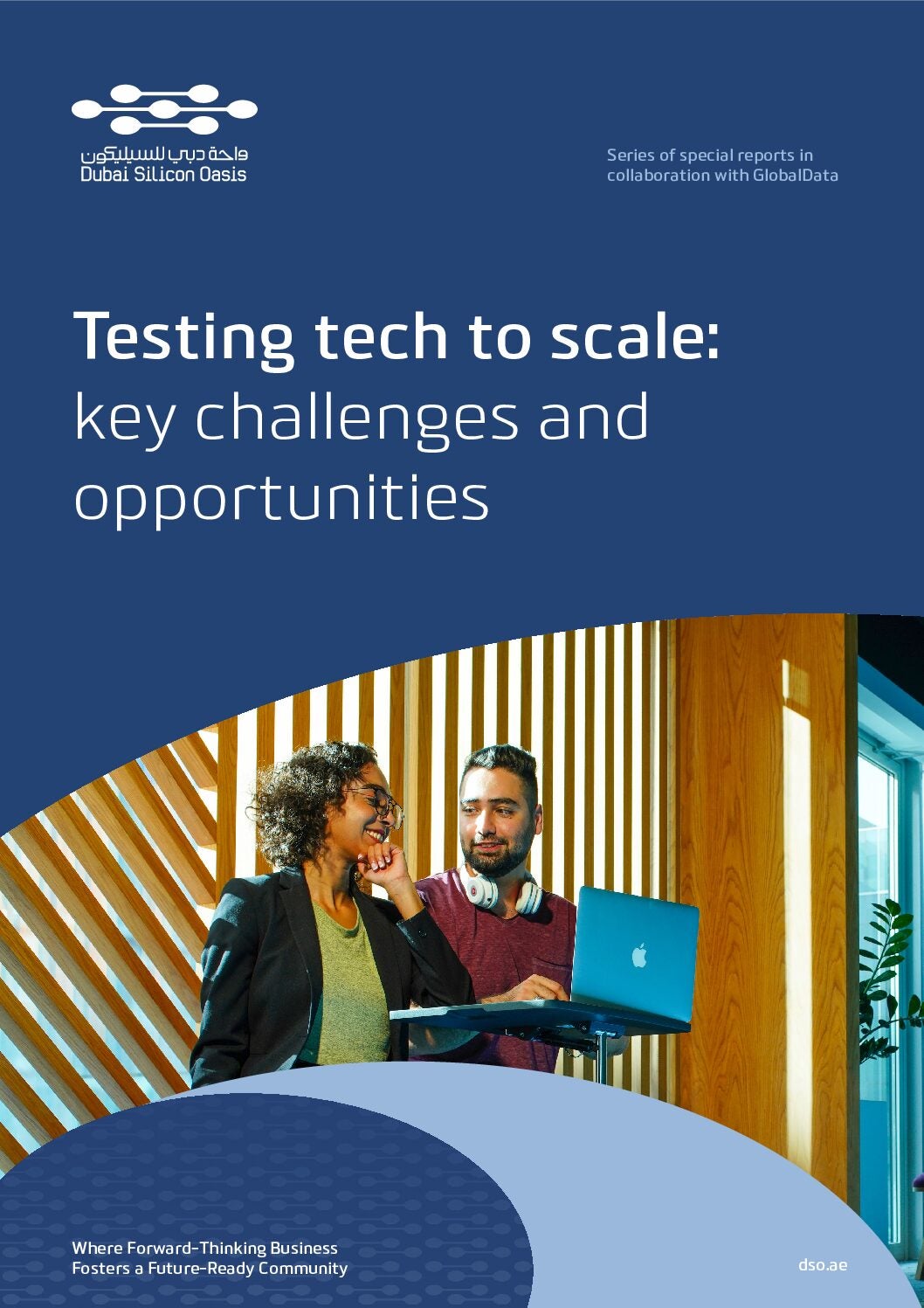With volatile geopolitical events, a prevailing energy crisis, an ageing workforce, and increased pressure to speed up the energy transition to meet the demand for a decentralised power grid, continued digitalisation is the only option for the power sector. And cloud computing is one of the vital Industry 4.0 technologies that power companies must harness.
The case for cloud computing in the power sector
Cloud computing has many uses across all aspects of the power value chain. It is essential for efficient equipment management, with data gathered, stored, and displayed on shared and real-time cloud-hosted platforms. The cloud also helps to improve power companies’ customer experience: PGE’s partnership with AWS greatly improved the company’s customer service with cloud-based APIs reducing customer response times even during periods of high traffic.
Another more disruptive use of cloud computing is in the tracking of energy consumption and the creation of flexibility in the grid, as seen in EDF’s powershift platform. This is powered by AWS and allows business customers to take control of their energy consumption, monetise any flexibility and, in turn, balance consumption and generation on the grid. There are many further uses for cloud computing, from facilitating the functioning of collaboration tools to advanced data analytics, and the piloting of emerging technologies.
We can see that power companies are already benefiting from the inherent advantages of cloud technology: its flexibility, scalability, and cost-effectiveness. And it is also clear that the companies which embrace the more innovative uses of the cloud and its capacity – for example, to enable other emerging technologies – will see its full benefit.
Barriers to implementation
However, even with the abundant advantages of cloud computing, well-known barriers to implementation are still present. A key barrier for power companies in adopting cloud computing is a slowdown of their digitalisation due to cost and gaps in tech-savvy talent. This can make migration to cloud computing tricky and can mean that power companies miss out on compelling uses of the technology. To remedy this barrier, it is essential that power companies invest in professional cloud services such as cloud integration and managed cloud services, to fully understand their cloud computing needs and find the best solutions. Power companies can harness the knowledge of cloud experts through these professional services and in turn can track their cloud usage, potentially migrate to new cloud environments, or access any post-deployment support required. The adoption of cloud computing by power companies can thus run smoothly, regardless of the cloud-literacy levels of their workforce.
Despite key barriers to entry, companies in the power sector are still well-positioned for extensive cloud adoption. This was seen during the Covid-19 pandemic, when many power companies used cloud computing to transition to remote operations rapidly. However, beyond the use of the cloud to keep operations running smoothly, the biggest power company winners in the coming years will be those that continually evaluate their cloud usage, for example, by assessing if they are using the best-suited cloud environment (whether on-premises, hybrid, private, etc), and more importantly, those that explore disruptive uses of the cloud to prepare for the future.






